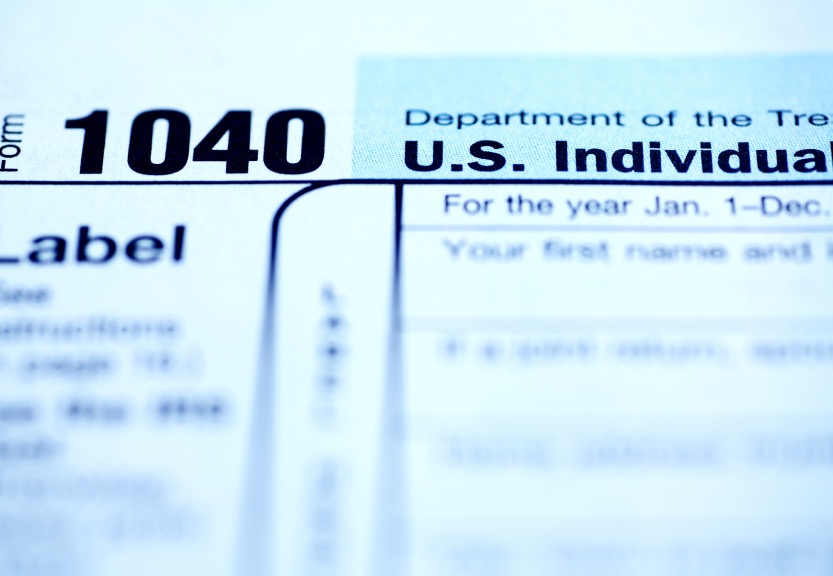One of the biggest myths in bookkeeping has to do with expenses related to meals and entertainment.
If you don’t know this already, not everything is 100% deductible; in other words, you can’t take a client out for a steak dinner that costs $100 and think that entire amount is always deductible. However, the rules are somewhat complicated, and there certainly are times when you can deduct 100% of your meals and entertainment expenses.
Two Tests
Let’s consider the steak dinner. Entertainment expenses must meet one of two tests:
- “Directly Related” – You must show that the main purpose of the dinner was to conduct business, engage in business with the person during the entertainment period, and have more than a general expectation of getting income or some other specific business benefit at some future time. For example, if you had the dinner at a football stadium club with your family and just happened to run into a client who did not dine with you, you cannot deduct any of the dinner. However, if you took the client to the game and had dinner during the game, then by all means, deduct 50% of the dinner.
- “Associated” – Entertainment is associated with your trade or business, and entertainment is directly before or after a substantial business discussion.
Proving Your Expense
After you’ve had your steak dinner, you must have receipts or records to show you were at the restaurant or venue to prove the business purpose. The record should show the amount of each expense, the date and place of the entertainment, as well as the business relationship of the persons entertained.
50% versus 100% Limits
There are two instances when the steak dinner is 100% deductible:
- If you are an employee, you can deduct 100%, as long as you are going to be reimbursed by your employer.
- If you are self-employed, you can deduct 100% if you incur the expenses as an independent contractor, your customer/client reimburses you or gives you allowance in connection with your services, and you provide adequate records of these expenses to your customer or client.
Documenting Your Expenses
You’ve got to understand the guidelines, of course, but keeping track of these expenses is just as important. Account for this directly in QuickBooks/QuickBooks Online, Xero or whatever other kind of software you’re using. The transactions will then show up on your Profit & Loss statement.
You can also use technology and apps to track your expenses. For example, I recommend Receipt Bank to our clients for two reasons. First, it’s simple; all you have to use is your smartphone to take a picture of any receipt. Second, the transaction feeds directly into QuickBooks Online.
I’m sure I haven’t covered all the fine points, so contact Sound Business Services if you have questions or need more information on some of the fine points. You can also check out IRS Publication 463 for more information, but because the IRS page is highly technical, it’s best to send me a note, or call me at 770-745-4283.

